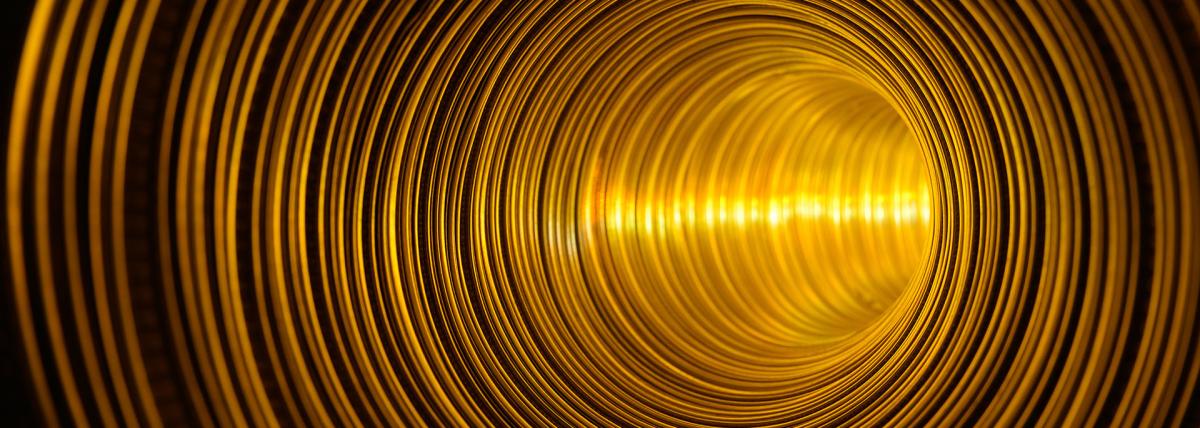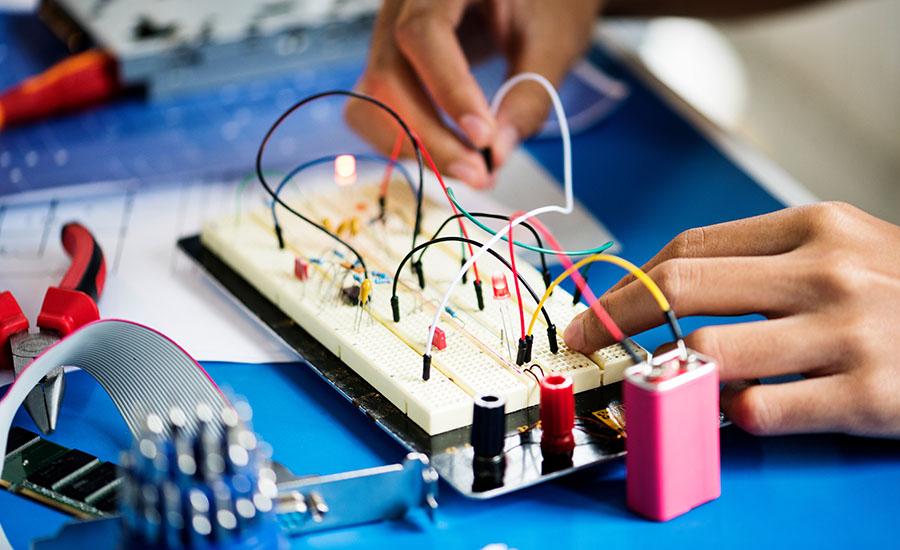
Groundhog Day: Investigating Shadows and Light
by Brittany Robertson
In this Kindergarten STEM lesson, students explore the concepts of light and shadows using Groundhog Day as a thematic starting point. The lesson begins with an engaging introduction through a SciShow Kids video and the book "Groundhog Day!" by Gail Gibbons. Students then create groundhog shadow puppets and investigate how shadows are formed using flashlights and natural light in different settings. They will use non-standard measurement tools to measure shadow lengths, incorporating basic math skills into the activity. The lesson develops students' understanding of transparent, translucent, and opaque objects while providing hands-on experience with scientific investigation and measurement.
Lesson Grade Level
KindergartenLesson Plan Link/URL
https://docs.google.com/presentation/d/16d3f3fimTxXRT0mzr0M-GIT3jM2k3qoB/edit?u…Subject Area
Science Physical Science P2: Objects at a Distance Mathematics Measurement and Data (MD)
Featured
Off
Related Content

Grades:
7th Grade
Intro to magnets purpose: students engage in practical experimentation. The primary objective of this lesson is to acquaint students with the concept that magnetic force can either draw objects closer

Grades:
Kindergarten, 1st Grade
Students will explore the concepts of sound and rhythm through a STEM-focused lesson plan that integrates science, technology, engineering, and math (STEM) with music. Students will engage in hands-on

Grades:
10th Grade, 11th Grade, 12th Grade
This hands-on lesson helps students understand exponential functions by using an LED circuit. LED luminosity decreases at an exponential rate as more are added in series. As students add more lights